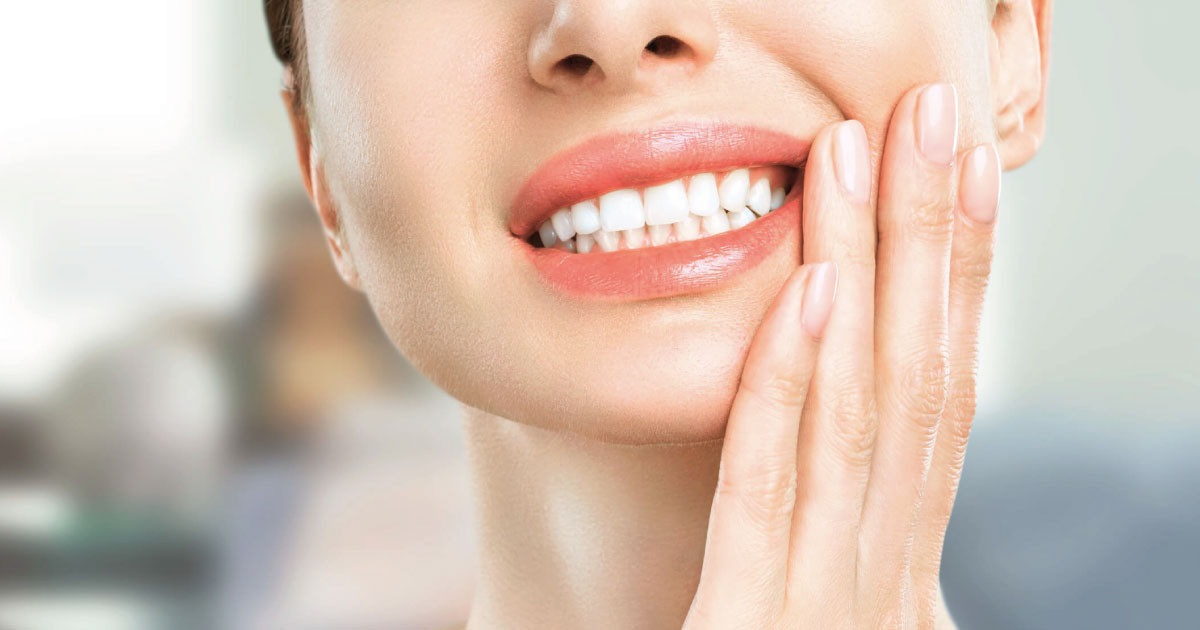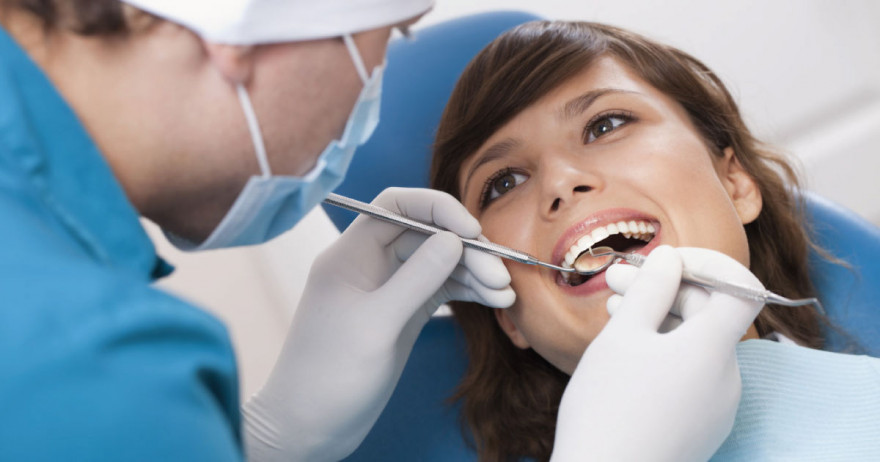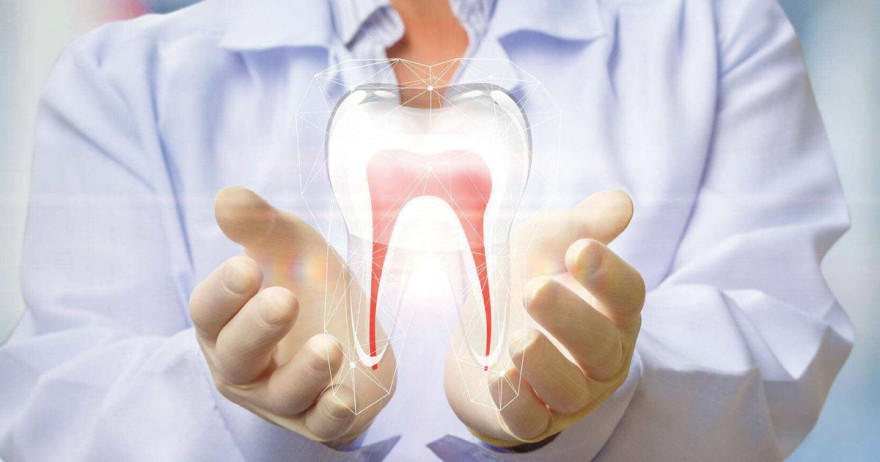Tooth Extraction Treatment
Although it seems complex, tooth extraction (removal) is a standard procedure that has a significantly low risk of complications in the long run. There are multiple reasons why tooth extraction may become necessary, but the most common reason a tooth or teeth may need to be removed is due to severe tooth decay that goes beyond what is reasonable to save. For these situations, a dental extraction is performed to prevent infection and also to make the patient more comfortable.
Other reasons for dental extractions include severe gum disease, impacted teeth, and teeth that are more difficult to clean with regular dental care, like wisdom teeth. It may also be necessary to remove teeth for orthodontic treatment.
The Symptoms.
There are a number of reasons why a tooth extraction may be needed that only the dentist can analyze. These symptoms could indicate that a tooth extraction is required.
Pain caused by a damaged tooth.
If you have a badly decayed tooth, your dentist will try to fix it with a dental filling, crown or other treatment. Your dentist may recommend a dental extraction if your tooth has so much decay or damage that repair is not possible. Your tooth may also need to be surgically removed if it is fractured beyond repair.
Pain caused by an infected tooth.
Tooth root infection is a common reason for tooth extractions. A root canal is performed when the pulp of the tooth becomes infected. However, if the tooth infection is so severe that a root canal and antibiotics do not cure it, your tooth may need to be extracted to prevent the spread of infection.
Ailments caused by crowded teeth.
Crowded teeth can be caused by genetics or an injury. Crowded teeth cause wear and tear, tooth loss, periodontal disease and jaw joint damage. Your tooth may need to be extracted if have crowded teeth. Sometimes dentists remove teeth to prepare the patient's mouth for orthodontic treatment. The goal of orthodontic treatment is the alignment of the teeth, which may not be possible if you have crowded teeth.
Pain caused by an impacted teeth.
Impacted teeth usually occur because of a lack of space in the jaw bone. Third molars, also known as wisdom teeth, are more likely to be impacted. Your dentist may recommend that you have your wisdom teeth extracted if they cause an infection or pain, or crowd other teeth. Wisdom teeth that are healthy and come in properly do not cause problems.
You have loose teeth.
Loose teeth will require extraction if they can't be saved. Periodontal disease, also known as gum disease, is a gum infection that damages gums and can destroy the jawbone. Gum disease can cause teeth to loosen in their sockets. If periodontal disease has caused loosening of your teeth, surgical extraction may be required.
Treatments.
The tooth has a complex structure consisting of a solid enamel layer, loose dentin and a neurovascular bundle. The removal of a tooth should not worry nor be considered a complex operation but must be carried out according to evaluations that only the dentist can consider. Generally the steps are as follows:
Extraction of the tooth is performed under local anesthesia, but in some cases, general anesthesia is needed. It is used for special indications or at the patient’s request.
Further part of the gum is separated.
The crown is grasped by forceps.
By pressing the handle of the forceps it loosens. All the tissues that connect it to the gum are destroyed, and as a result, it easily gets out of the hole.

Your tooth extraction will either be simple or surgical, depending on whether your tooth is visible or impacted.
Simple Tooth Extractions
Simple extractions are considered “simple” because the tooth being extracted has a straighter root shape and is located in a more convenient place within the mouth for removal. You will receive a local anesthetic, which numbs the area around your tooth so you’ll feel only pressure, not pain, during the procedure. Typically, the doctor will only need to use a dental instrument called elevator to gently loosen the tooth from its place.
Surgical Tooth Extractions
Surgical extractions, on the other hand, are generally performed on teeth that are harder to access or have not fully erupted through the gums. You will likely receive local anesthesia or both local anesthesia and intravenous anesthesia, the latter of which makes you calm and relaxed. You may also receive general anesthesia, depending on any medical conditions. With general anesthesia, you will remain unconscious during the procedure. Oftentimes during a surgical extraction, the dentist may need to make a small incision or split the tooth into sections to make its removal easier.
Recommendations.
The subsequent care for an extracted tooth may vary slightly depending on some factors such as the tooth removed by the dentist, as some teeth have deeper roots than others and take longer to heal. However, most people find that the pain goes away after about 3 days.
One of the most important aspects is the maintenance of the blood clot that forms in the cavity where the tooth was in fact taking care of this blood clot is essential for the healing process and helps prevent painful complications, such as Dry Socket.
During the first 2 Days.
Get enough rest:
Don't get back to your activities right away, plan to rest for at least the first 24 hours after pumping.
Change the gauze as needed:
Do not immediately change the gauze put on by the dentist, it is important to leave it for at least a few hours to allow the clot to form. After this, it is good to change the gauze as often as necessary.
Avoid rinsing:
As tempting as it may be, avoid rinsing, rinsing, or gargle with anything in your mouth while the area is still clotting. These actions can remove any clots that are forming and affect the healing time.
Do not use straws:
The use of a straw is also not recommended as it exerts strong pressure on the healing wound, which can cause the blood clot that is forming to be removed.
Do not spit:
The action of spitting also creates pressure in the mouth and therefore may remove the blood clot.
Avoid blowing your nose or sneezing:
If your dentist has removed a tooth from the top half of your mouth, blowing your nose or sneezing can create pressure in your head that can remove the developing blood clot. So avoid blowing your nose and sneezing whenever possible.
Don't smoke:
Smoking creates the same pressure in your mouth as using a straw. Although it is best to avoid smoking during the entire healing process, it is vital that you do not smoke at least during the first two days as the blood clot forms.
Take pain relievers:
Over-the-counter pain relievers can help reduce pain and inflammation.
Use cold packs:
Placing an ice pack or towel-wrapped ice pack on the area for 10-20 minutes at a time can relieve dull pain.
Elevate your head:
When you sleep, use extra pillows to raise your head. Being too stretched out can allow blood to build up in the head and extend the healing time.
Take the medications recommended by the dentist:
The dental surgeon can order prescription medications for complex removals. It is important to complete the entire course of treatment.
For the next 10 days
After the clot has formed, it is vital that you keep it firmly in place and follow some additional oral hygiene steps to help prevent other problems.
Saline rinses:
When the clot is firmly in place, gently rinse your mouth with warm saline or a pinch of salt in warm water. This blend helps kill bacteria in the mouth, which can prevent infections as the mouth heals.
Brush and floss as usual:
Brush and floss as usual, but be careful to avoid the extracted tooth altogether. Saline and any medicated mouthwash recommended by a dentist should be sufficient to clean this area.
Eat Soft Foods:
During the entire healing process, people should eat soft foods that don't require a lot of chewing and are unlikely to get trapped in the empty socket. Consider sticking to soups, yogurt, applesauce, and similar foods. Avoid hard toast, chips, and foods containing seeds.





